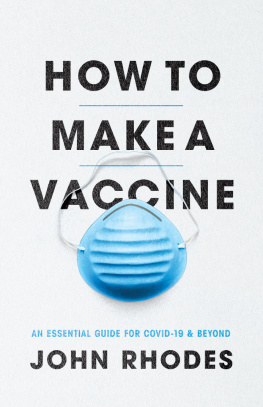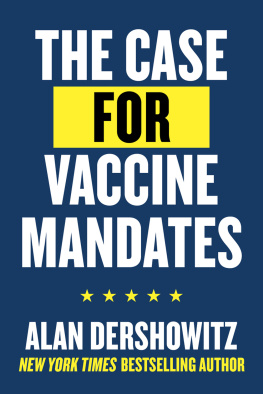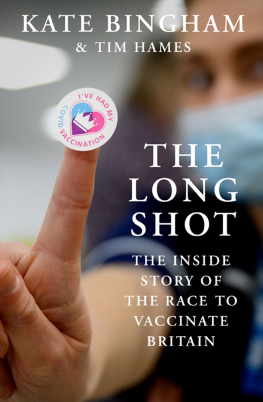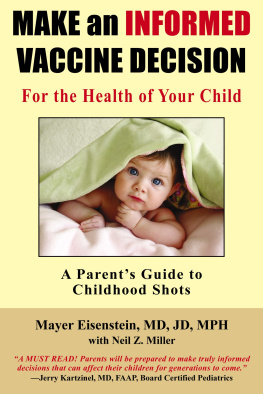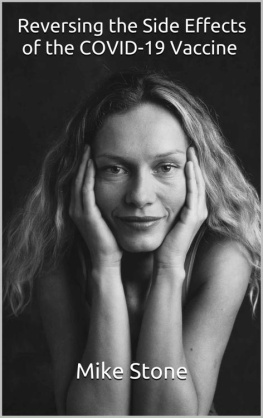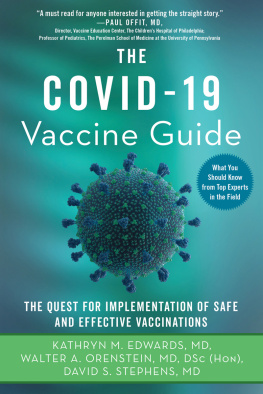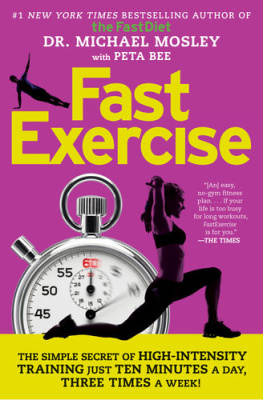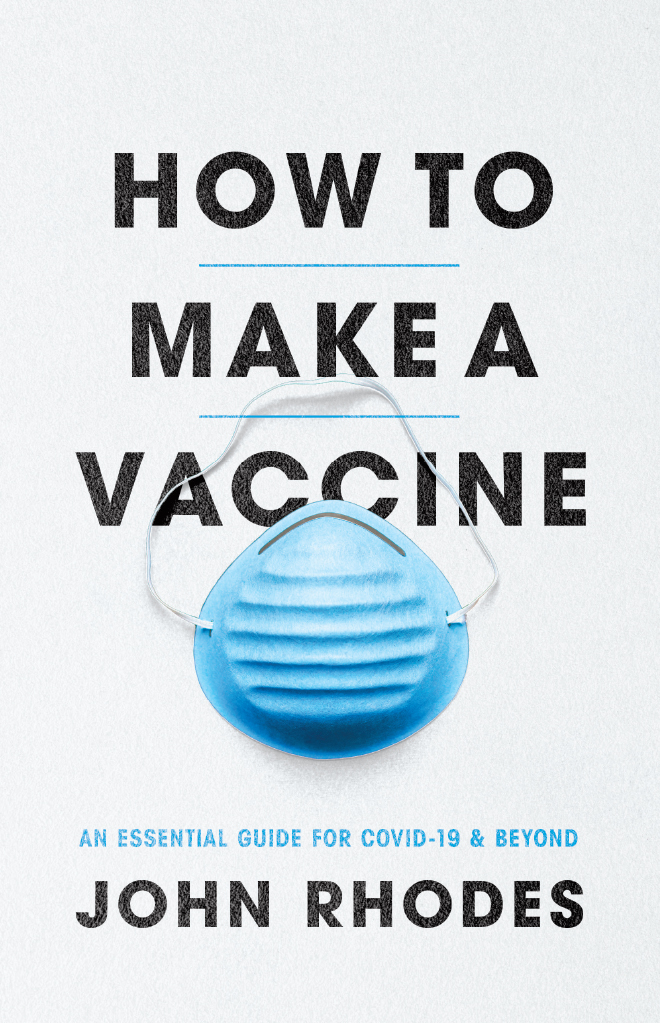
How to Make a Vaccine
How to Make a Vaccine
An Essential Guide for COVID-19 & Beyond
John Rhodes
The University of Chicago Press
Chicago and London
The University of Chicago Press, Chicago 60637
The University of Chicago Press, Ltd., London
2021 by John Rhodes
All rights reserved. No part of this book may be used or reproduced in any manner whatsoever without written permission, except in the case of brief quotations in critical articles and reviews. For more information, contact the University of Chicago Press, 1427 E. 60th St., Chicago, IL 60637.
Published 2021
Printed in the United States of America
30 29 28 27 26 25 24 23 22 21 1 2 3 4 5
ISBN-13: 978-0-226-79251-4 (paper)
ISBN-13: 978-0-226-79265-1 (e-book)
DOI: https://doi.org/10.7208/chicago/9780226792651.001.0001
Library of Congress Cataloging-in-Publication Data
Names: Rhodes, John, 1947 author.
Title: How to make a vaccine : an essential guide for COVID-19 and beyond / John Rhodes.
Description: Chicago : University of Chicago Press, 2021. | Includes bibliographical references and index.
Identifiers: LCCN 2020053338 | ISBN 9780226792514 (paperback) | ISBN 9780226792651 (ebook)
Subjects: LCSH: COVID-19 (Disease) | Vaccines.
Classification: LCC RA644.C67 R48 2021 | DDC 614.5/92414dc23
LC record available at https://lccn.loc.gov/2020053338
 This paper meets the requirements of ANSI/NISO Z39.481992 (Permanence of Paper).
This paper meets the requirements of ANSI/NISO Z39.481992 (Permanence of Paper).
To my students Gao Xiaoming, Zheng Biao, and Chen Huaqing
and senior visitor Liu Dong Shen, with gratitude
Contents
The year 2021 marks the 300th anniversary of immunization. It is also the year when my colleagues, immunologists around the world, began to deliver vaccines for global use against a new virus, the cause of the most serious pandemic infection in living memory. I doubt that anyone working hard on vaccines to combat the COVID-19 pandemic celebrated this anniversary. But history had gifted them with the resources necessary to be effective. They didnt need any new discoveries to build a vaccine. They already understood the complex workings of the human immune system. They had the tools to develop vaccines, and manufacturing techniques stood ready for large-scale production of the vaccines they would develop. And yet readinessis not a word many would use to describe 2020. The possibility of combating the spreading pandemic with as yet undiscovered vaccines understandably made many anxious.
The desire to help calm this public uncertainty was one reason I decided to write this book. Though in 2020 I shared the publics concern regarding the loss of life as COVID-19 spread, I felt optimistic that we would soon have a vaccine (in fact, vaccines) available for global use. And I hope this book will leave you optimistic about vaccine development to stop future pandemics. Remember, our readinessin terms of tools, technologies, and knowledgewill continue to improve.
The other reason I was keen to pen this book is much simpler: vaccines are fascinating. As an immunologist, I have had a lifelong passion for the science of immunology, the history of vaccination, and the often-surprising relationship between the two. From the global perspective, immunization has greatly reduced the burden of infectious diseases and, as the most successful biomedical measure preventing sickness, it continues to do so around the world. The 20th century saw the complete eradication of smallpox, one of the deadliest diseases known to humankind, through vaccination. In the 21st century, the global campaign to put an end to polio through vaccination remains tantalizingly close to success, and in 2015 researchers introduced the first vaccine against a parasitic disease, malaria, for use in Africa, where it substantially relieves the burden of disease on health-care services. I believe that vaccines to bring an end to the COVID-19 pandemic crown this story of success. This does not mean that we will eliminate the coronavirus causing COVID-19, but vaccination will stop this virus from becoming a burden for our health systems and an interruption to our ways of life. The global emergency that began in 2020 brings home to all of us the importance of a concerted international effort in combating pandemic disease. The sharing of scientific information is an essential part of this, and soon after the uncertainty surrounding the earliest events, a policy of open and collaborative exchange was established and has been sustained ever since to a degree never seen before.
Next page
